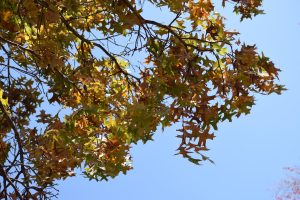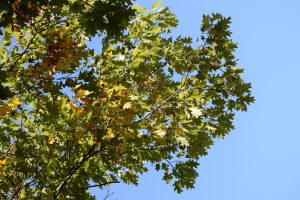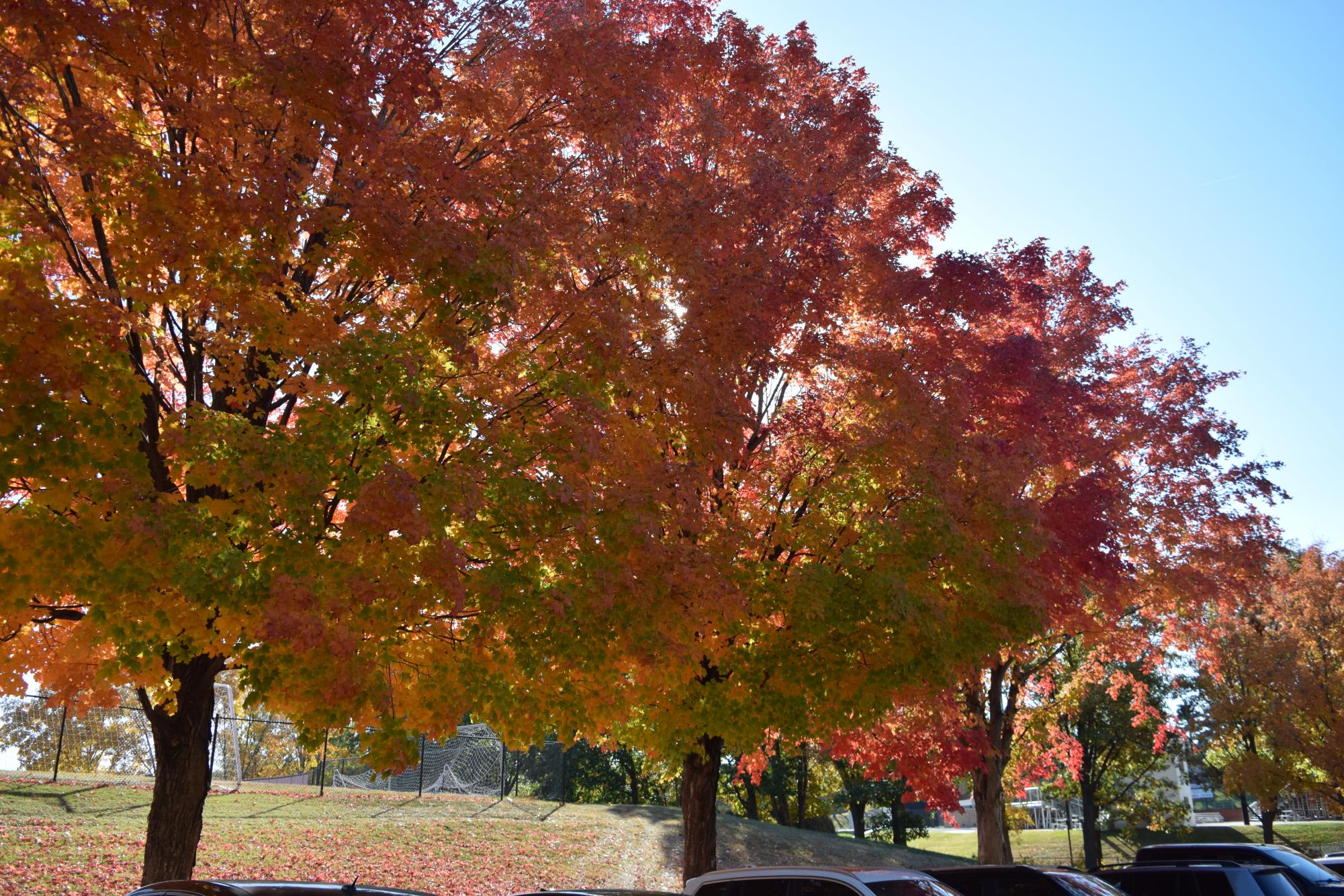If you have taken or are currently in the class of AP Environmental Science, you know the frustration of the infamous tree quiz. This beginning-of-year test is the talk of the lunch table throughout the month of September and dreaded by many new APES students as they attempt to prepare. The question most students ask is: Why do I have to memorize 30 random trees based on leaf shape and pattern of bark? Are they not all the same? Why in the world would I ever need to know this information?
The answer to these questions is a bit abstract and not really straightforward. It’s true; the tree quiz is not necessarily like a normal science test. There is no real-world application of 30 tree names (besides the ability to impress people with your ultra-specific knowledge of the oaks and conifers of Iowa, of course), and most people will most likely not use this information at any other point in their lifetime. However, the test is valuable for a number of reasons besides being purely educational.
For most of my life, as I’ve looked outside, trees have gone largely unnoticed. Yes, I’ve seen the giant plants and recognized their beauty as they change colors and collect snow. However, it was always kind of a given that these 40-foot giants were standing right outside my door, giving me oxygen all my life. I never truly saw the greatness of each individual tree and understood the power and life they hold, nor what all they contribute to our environment.
Each tree rooted into the ground serves a purpose. Through photosynthesis, they convert the atmosphere’s excess carbon dioxide into pure oxygen for living organisms to breathe. They are autotrophic, meaning they can use sunlight to feed themselves and build their own structure. They form habitats for thousands of animals to reside in, keeping 80% of Earth’s terrestrial species alive and thriving (United Nations). They run entire ecosystems and are key to the functioning of multiple elemental cycles of our planet. They transpire water, keeping our water cycle in flow. They cool temperatures in forests and provide natural shade.


Our planet Earth simply could not survive without trees. I am now reminded of this fact each time I step outside. When I walk to my car after
school, I gaze up at the trees with the urge to identify each tree. I distinguish between a red oak and a pin oak; I can find the difference between sugar maples and silver maples. But the most valuable lesson I took from the tree quiz was not the specific shape of locust versus Kentucky coffee. It was that life exists all around us and is thriving independently of us. There is beauty in trees beyond autumn colors and sweeping branches. Trees are responsible for the lives of countless organisms, and they are capable of amazing things.
So, despite my immediate reaction to the absurdity of the APES tree quiz, I am glad that I took it because it has opened my eyes to the wonderful nature of trees all around us.


